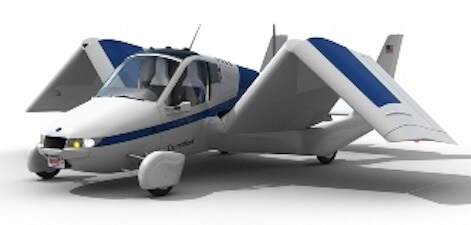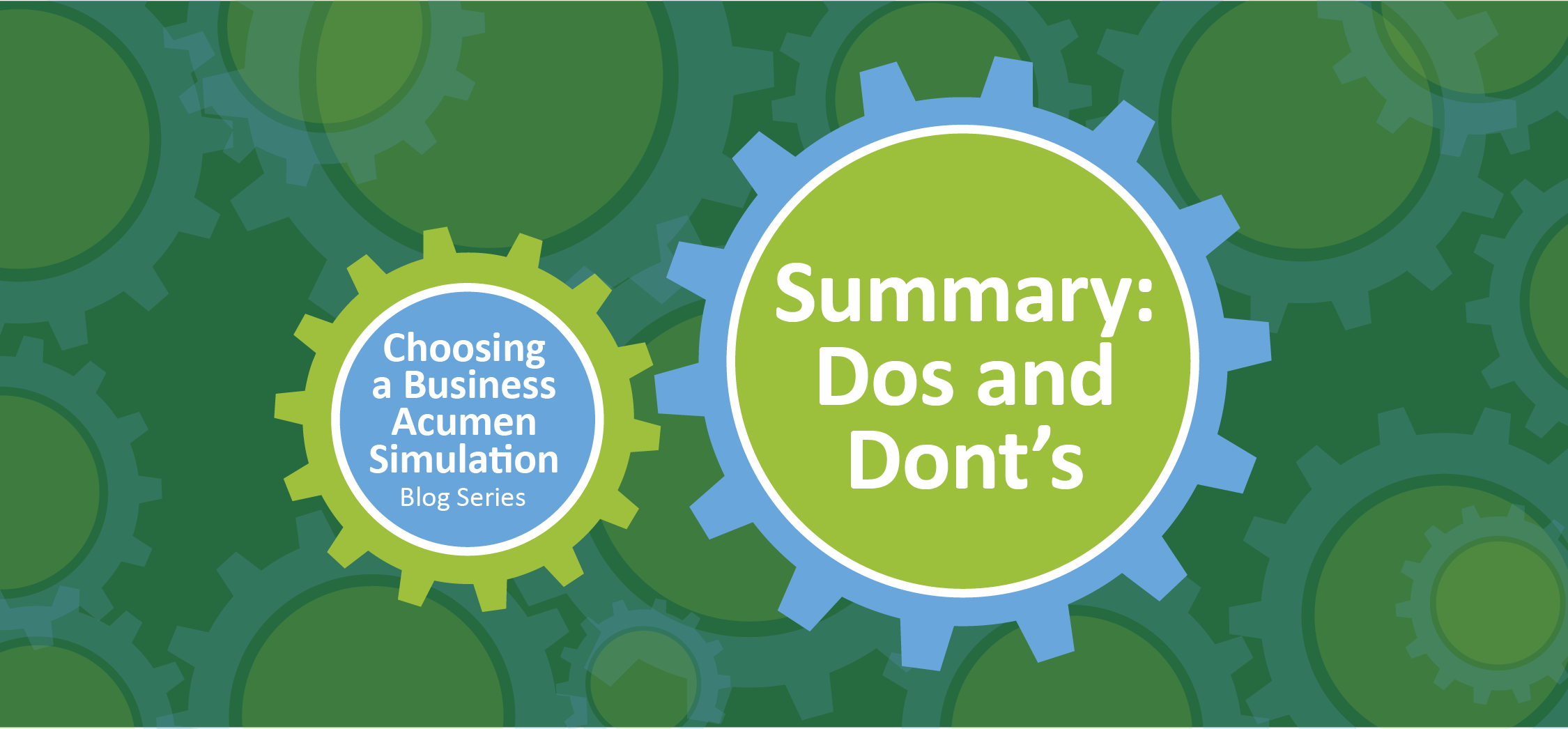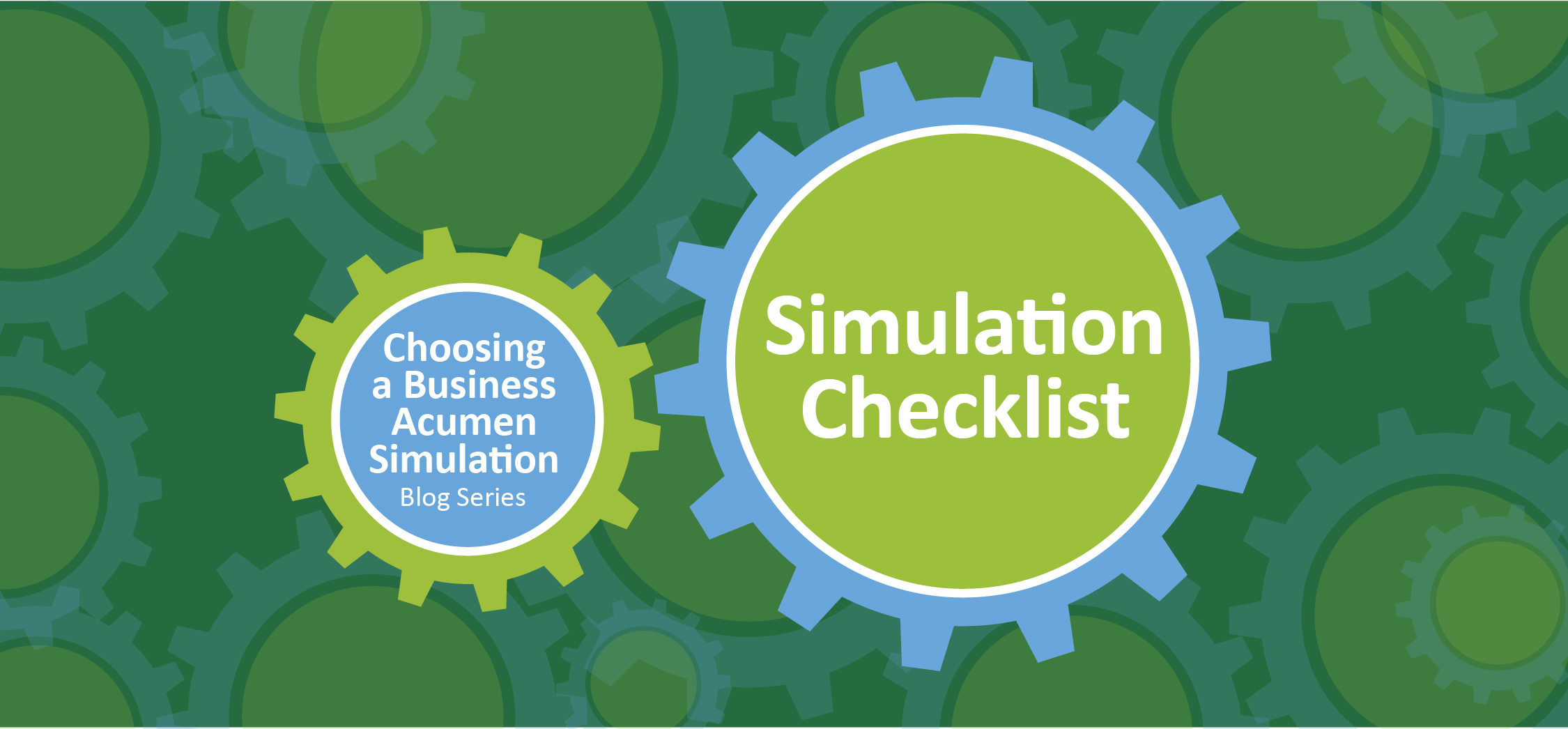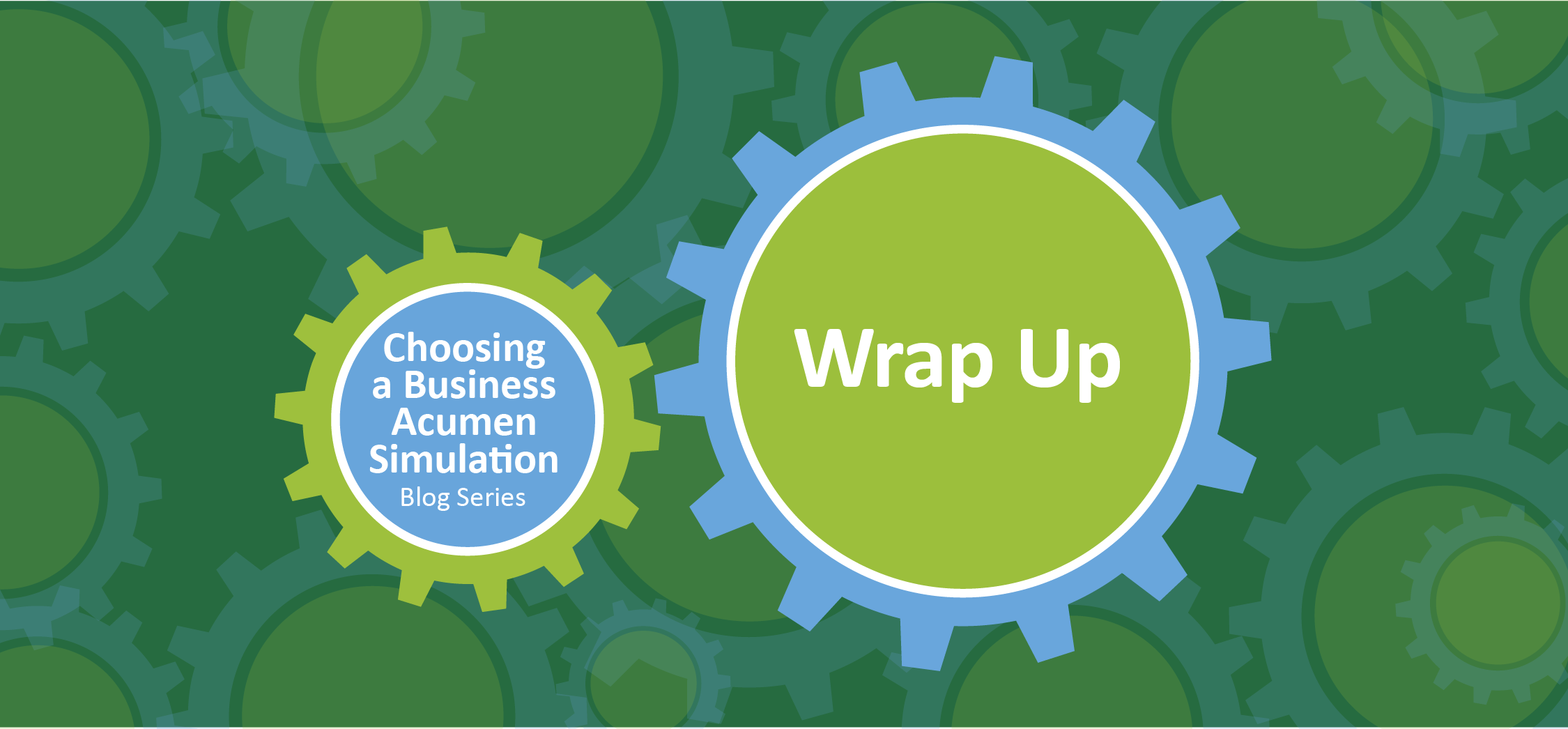Business Acumen - Where's my flying car?

Published Date
For those who feel that the technological marvels foreseen in the 1950s haven’t materialized, the heartfelt cry is:
"Where’s my flying car?"

Well, yes, the Terrafugia Transition is here. When they reach regular production, they’ll cost around $300,000. Technically, they’re more roadable airplanes than true flying cars, as the air aspect takes design preference.
But still, they’re not exactly a common lifestyle feature, and they must take off and land at airports—not from your driveway.
Technological Change Feels Slow—Until It Doesn’t
Year to year, change doesn’t always feel radical. A better phone comes out. A new medical procedure becomes available. An interesting skyscraper breaks height records. Private companies show interest in space programs (what happened to the U.S. space program, anyway?).
Yet beneath the surface, technology is advancing exponentially.
Consider the Apollo guidance system for the Moon landings: it had the computing power of today’s kitchen appliances. The Moon landings were magnificent but outran practical applications because all the supporting technologies were still being developed.
They were like Leonardo da Vinci’s plans for helicopters, submarines, and tanks. Da Vinci was a contemporary of Columbus—but his concepts were useless at the time because essential technologies didn’t exist yet: electricity, combustion systems, lubricants, and precision engineering.
The 3D Printing Revolution and Beyond
The mid-20th-century vision of the future is indeed coming true, though in ways far richer than anyone imagined. Consider these current developments:
- 3D printing and the era of "mass customization"
- 3D printing of jet engine parts
- 3D printing of skin (Wake Forest University) and knee cartilage, heart valves, and bone implants (Cornell University)
- 3D printing of living organs (still a few years away)
- 3D printing of meat (Modern Meadow, backed by Peter Thiel)
These breakthroughs will impact:
- Global manufacturing (high knowledge content, falling costs, automated mass customization)
- Production locations (shifting from centralized cheap-labor areas to local high-skills areas)
- Economic development and transportation networks
- Food production (competing with agriculture and fishing industries)
- Medical advancements (enhancing health and longevity)
Merging Technologies and the Future of Humanity
Beyond 3D printing, revolutions in genetics, robotics, information technology, and nanotechnology are converging in ways that could lead to indefinite lifespans within this century.
Ray Kurzweil predicts this could happen as early as 2035. But indefinite lifespans would disrupt everything:
- Demographics
- Social security and pension systems
- Family planning and urban development
A World Divided on Change
Half the world embraces progress, championing secularism, science, and innovation. The other half fears losing tradition, culture, and stability—often resisting rapid change.
But technological advancement is unstoppable. Like global warming, it is an inevitable force, bringing rising tides of transformation.
Business Acumen in a Changing World
As in any time of disruption, those with the clearest business acumen will not only seize opportunities but will also be seen as prescient heroes in a hundred years’ time.
Business acumen requires:
- Planning, analysis, and decision-making skills
- Rapid and accurate information flows
- Cash flow monitoring
- Flexibility in the face of the unexpected
And that’s exactly what we teach.
Want to Prepare Your Organization for the Future?
Learn how Income|Outcome® business simulations build the financial and strategic skills needed to thrive in a world of change.
Contact us today to bring business acumen training to your team.



